
Guide to Growing Peppermint in Your Home Garden
Cynthia KolfSeveral months ago, I wrote about the self-reliant skills that my great-grandparents used to survive. As our ancestors moved from rural life to the cities, many generations lost these skills, including the knowledge and art of using and growing medicinal herbs.
Today, it's typically pretty easy to see a doctor and then go to the pharmacy to pick up a prescription. If you watch the evening news, you'll see one commercial after another about different medications—most of which have a long list of side effects, often including death.
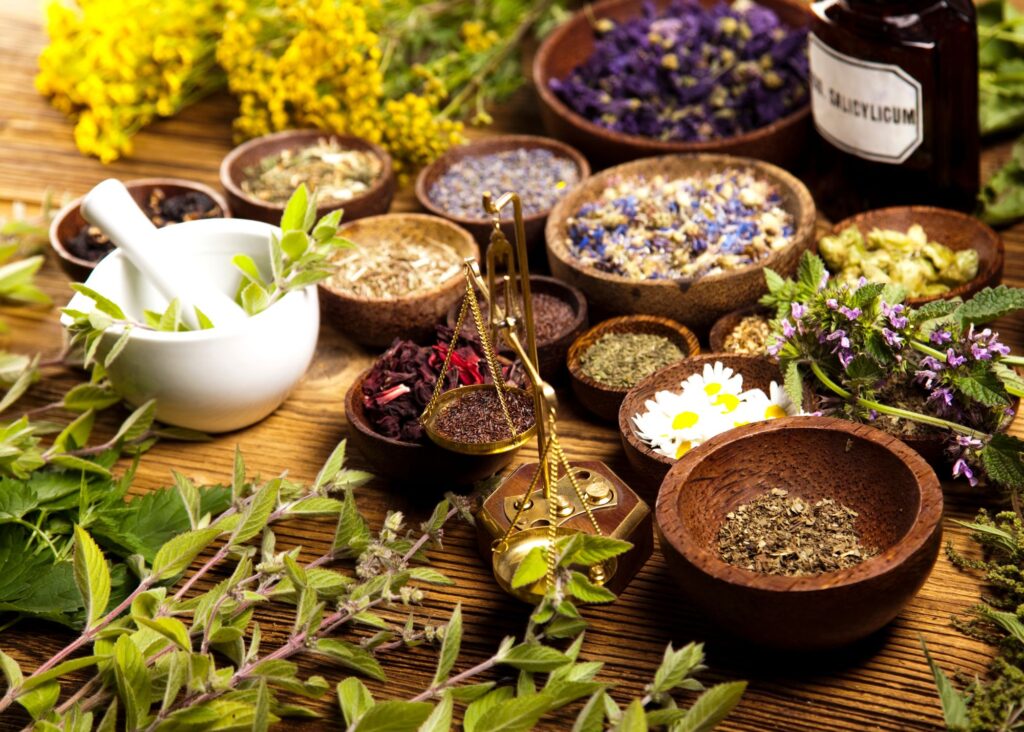
Although medicinal herbs also have side effects, I believe this lost art can be beneficial, especially if one of your goals is to become more self-reliant.
I am not advocating against seeking medical help. I have spent most of my life working in hospitals in various administrative roles, where I have seen the miracles of modern medicine. I am not a medical practitioner. I cannot and will not diagnose or treat you.
This post is for informational purposes only, focusing on giving advice about how to grow, harvest, and preserve herbs. As always, contact your medical care professional before introducing an herbal remedy into your routine.
The list of medicinal herbs is really quite long, and one could spend a lifetime learning how to grow and use them. And, to be honest, I personally started planting herbs because it's nice to brush against a plant while working in the garden and enjoy a pleasant scent!
Peppermint Trivia
In the mid-1870s, toothpaste wasn't a household item. The paste, usually made with a mixture of baking soda and hydrogen peroxide, tasted pretty terrible. One of the first to add mint to toothpaste was a dentist named Washington Sheffield. His patients started using the toothpaste once he added mint oil to his concoction, which made the taste more palatable.
As toothpaste marketing began in the early 1900s, marketers discovered that their customers liked the fact that the mint extract caused a tingling sensation in the mouth. This tingling made people believe the toothpaste was working, even though it had nothing to do with its effectiveness. People began to equate that tingling feeling with good dental hygiene and started using toothpaste more regularly.
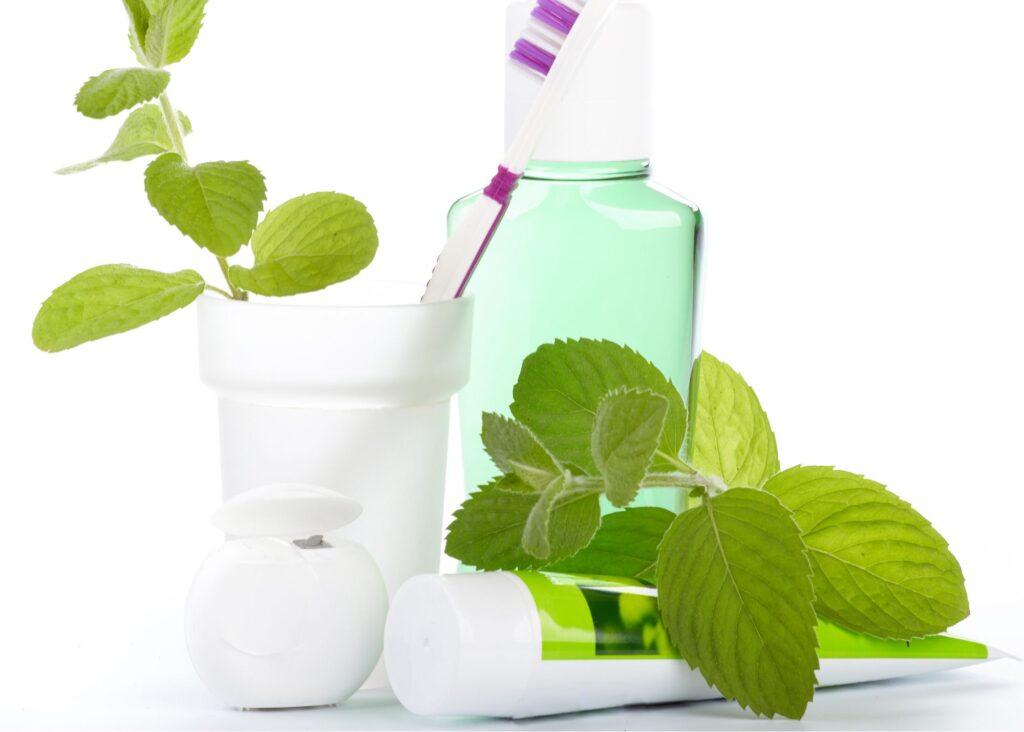
Today, I will tell you everything you need to know about planting, harvesting, and preserving peppermint in your home garden. I picked peppermint as the first medicinal herb to talk about because it is so easy to grow that you must keep it contained unless you don't mind it taking over your garden. Almost everyone has heard about peppermint. The flavor is often found in chewing gum and toothpaste.
Peppermint Overview
Peppermint (Mentha x piperita) is a herbaceous perennial that belongs to the broader mint to the broader mint lamiaceae family. When eaten or crushed, its green leaves release a fresh, cool, peppery aroma and taste.
It is an easy plant to propagate and grow in either your herb garden or indoors. Peppermint is considered invasive, so unless you want it to take over your garden, it is best planted in a larger container.
Culinary and Home Uses of Peppermint
Peppermint is not only valued for its medicinal properties but also for its versatility in culinary and home applications.

Culinary Uses
Peppermint is a popular flavoring agent in various culinary creations, including desserts, beverages, and savory dishes. It adds a refreshing and minty flavor to ice creams, chocolates, teas, and cocktails.
Peppermint leaves can be finely chopped and added to salads or used as a garnish for desserts, giving them a vibrant touch of flavor.
Home Remedies
Peppermint tea is a well-known home remedy for soothing digestive discomforts such as nausea, upset stomach indigestion, and bloating.
Inhalation of peppermint essential oil or steam infused with peppermint can provide relief from nasal congestion and sinus discomfort.
Peppermint oil diluted in carrier oils like coconut or almond oil can be massaged onto sore muscles or temples to alleviate tension headaches.
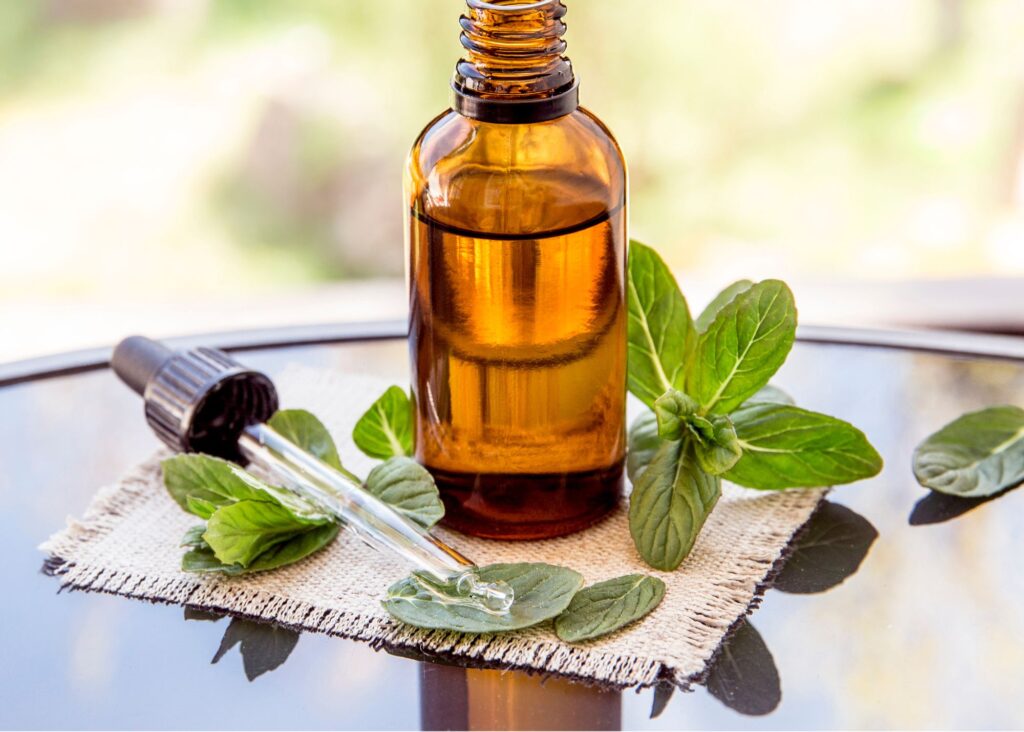
Its cooling properties make peppermint an effective ingredient in homemade skincare products like facial toners or cooling sprays for hot summer days.
Before discussing how to grow peppermint, let's explore some other types of mints. These varieties are grown and harvested in a manner similar to peppermint.
Peppermint Relatives
There are many varieties of mint, each with unique flavors and uses. Here are some popular types:
- Spearmint (Mentha spicata): This is one of the most common types of mint. It has a mild, sweet flavor and is often used in cooking, teas, and beverages like mojitos.
- Peppermint (Mentha x piperita): Peppermint has a stronger, more pungent flavor compared to spearmint. It is often used in candies, chocolates, and teas for its cooling menthol sensation.
- Apple Mint (Mentha suaveolens): Also known as woolly mint, apple mint has a fruity aroma and is often used in jellies, sauces, and salads.
- Chocolate Mint (Mentha x piperita f. citrata): This variety has a subtle chocolate aroma and flavor, making it a popular choice for desserts and teas.
- Pineapple Mint (Mentha suaveolens 'Variegata'): This mint has a hint of pineapple flavor and variegated leaves. It's often used as a garnish and in fruit salads.
- Ginger Mint (Mentha x gracilis): Also known as Scotch mint, it has a spicy ginger flavor and is used in culinary dishes and teas.
- Orange Mint (Mentha x piperita citrata): This variety has a citrusy flavor and is used in desserts, teas, and beverages.
- Lemon Balm (Melissa officinalis): Although not a true mint, lemon balm is in the mint family and has a lemony scent and flavor. It's used in teas, salads, and as a garnish.
Each of these mint varieties can add unique flavors to your culinary creations and provide different aromatic experiences. By growing a variety of mints, you can enjoy a wide range of tastes and scents in your garden and kitchen.
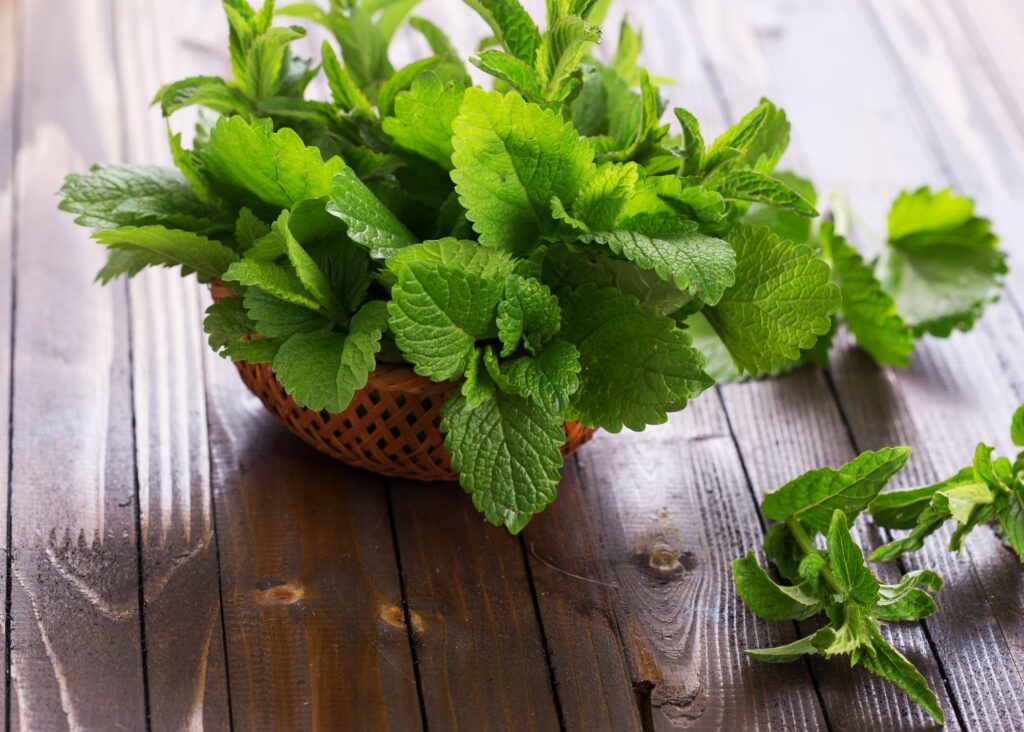
Is it a Good Idea to Plant Different Mints Together?
It’s generally not a good idea to plant different types of mints together in the same area. Mints are vigorous growers and can easily spread, leading to a few problems.
First, different varieties of mint can cross-pollinate with each other, resulting in hybrid plants that make it difficult to maintain the distinct flavors and characteristics of each type.
Second, mint plants can quickly take over a garden bed, crowding out other plants and even other types of mint, leading to competition for resources such as water, nutrients, and sunlight.
Finally, planting different types of mint close together increases the risk of spreading diseases and pests among them.
For example, mint rust (Puccinia menthae) can spread more easily if plants are in close proximity.
For these reasons, it’s best to plant different mints in separate containers or different parts of your garden. This way, you can enjoy the unique flavors and benefits of each type without the risk of them mixing or spreading uncontrollably.
Growing Conditions
You can grow peppermint from seed, but it is generally purchased as a young plant or grown from stem cuttings.
To grow from a cutting, select a stem that is five to six inches long. Remove the leaves from the bottom two inches of the stem and place it in a glass of water. When the cutting develops roots that are a couple of inches long, it is ready to plant.
Fill your container with moist potting soil and carefully plant each cutting. Peppermint likes moist soil that is well-draining.
Do not allow the soil to dry out, as the plant will shrivel up and die.
If using a pot with a saucer, discard any excess water that collects in the saucer, as peppermint plants dislike having "wet feet."

Peppermint thrives in full sun, requiring six to eight hours of sunlight daily.
However, if you live in a very sunny area, such as zone 10A in Florida, you may need to move the plant to a spot with partial shade to protect it from the intense sun.
As a companion plant, peppermint can help deter pests when planted near carrots, cabbages, cauliflower, broccoli, lettuce, tomatoes, and squash.
However, peppermint is susceptible to rust. If you are growing it indoors, do not spray water on the leaves.
If growing outdoors, water in the morning so the leaves can dry out during the day. If you notice powdery mildew or rust, cut out the infected areas.
Peppermint plants benefit from mulch and regular fertilizing.
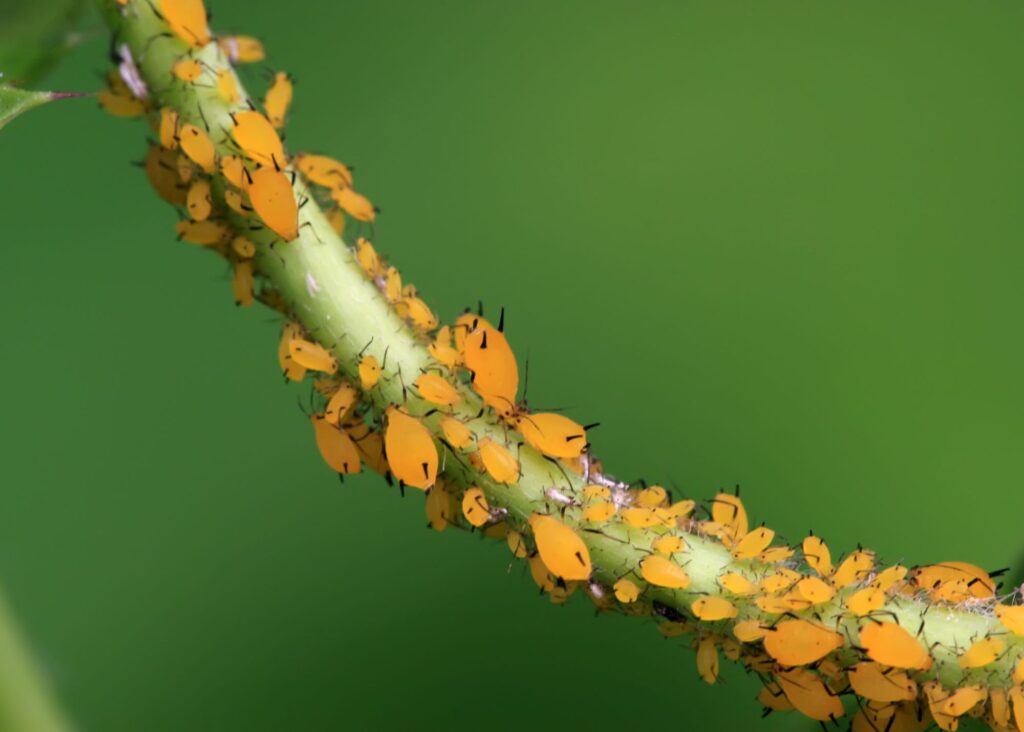
Common Pests and Diseases
Despite its resilience, peppermint can still be affected by various pests and diseases. Here are some common issues and how to manage them:
-
Aphids: These small, sap-sucking insects can weaken plants and spread disease. To control aphids, you can:
- Spray plants with a strong jet of water to dislodge the insects.
- Use insecticidal soap or neem oil.
- Introduce beneficial insects like ladybugs and lacewings that prey on aphids.
-
Spider Mites: These tiny pests can cause leaves to become stippled and discolored. Control measures include:
- Spraying plants with water to remove mites.
- Using insecticidal soap or neem oil.
- Keeping the growing area humid, as spider mites thrive in dry conditions.
-
Whiteflies: These small, white flying insects can cause leaf yellowing and stunt plant growth. Control methods include:
- Using yellow sticky traps to catch adult whiteflies.
- Spraying with insecticidal soap or neem oil.
- Introducing natural predators like parasitic wasps.
-
Leaf Miners: These pests tunnel through leaves, creating unsightly trails. To manage leaf miners:
- Remove and destroy affected leaves.
- Use row covers to protect plants.
- Apply neem oil to deter adult flies from laying eggs.
-
Rust: This fungal disease appears as orange or brown pustules on the undersides of leaves. To control rust:
- Remove and destroy affected leaves.
- Ensure good air circulation around plants.
- Avoid overhead watering to keep leaves dry.
Harvesting Peppermint
You can start harvesting peppermint leaves once the plant has several sets of leaves. For the best flavor and aroma, harvest in the morning after the dew has dried but before the heat of the day. Simply pinch the leaves off at the stem.
The best time to reap a large batch is just before the plant blooms as the flavor will be at its most intense.
Peppermint is a perennial and will return year after year. Keeping it pruned and shaped will help it grow into a thick, bush-like plant. In Florida, I can maintain my peppermint like this throughout the year.
If you garden where there is an end of growing season, you can cut the plants all the way down to the base and harvest all the leaves.
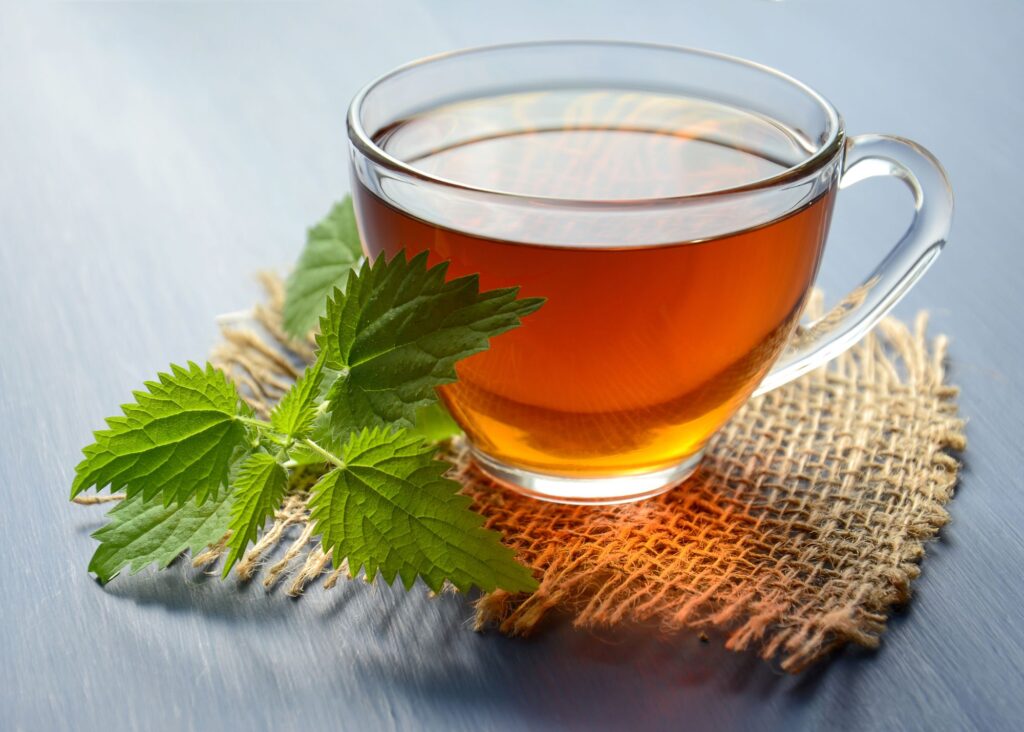
Preserving Peppermint
Using Fresh Peppermint: Fresh peppermint leaves can be used immediately after harvesting. Rinse them thoroughly under cool water to remove any dirt or insects. Fresh leaves are great for making teas, garnishing dishes, or adding to salads and beverages.
Drying Peppermint: To dry peppermint, tie small bunches of stems together and hang them upside down in a dark, well-ventilated area. This method helps preserve the flavor and color of the leaves. Once the leaves are dry and crumbly, strip them from the stems and store them in an airtight container away from light and moisture.
Freezing Peppermint: For freezing, chop the fresh leaves and place them in ice cube trays. Fill the trays with water and freeze. Once frozen, transfer the peppermint cubes to a freezer bag for long-term storage. This method preserves the flavor well and makes it easy to add peppermint to teas or recipes.
Health Benefits and Uses of Peppermint
Peppermint offers a variety of health benefits that have been recognized for centuries. It is particularly effective for indigestion and bloating, as it can help expel gas from the stomach and intestines by relaxing the muscles involved.
Peppermint has also shown promise in the treatment of Irritable Bowel Syndrome (IBS).
Additionally, peppermint acts as a natural decongestant due to its active ingredient, menthol, which thins mucus and loosens phlegm, thereby reducing coughs and soothing sore throats.
Moreover, peppermint may help lower blood sugar levels in mild or pre-diabetic individuals, as well as reduce blood pressure. However, caution is advised when combining peppermint with medications that can lead to hypoglycemia or hypotension (low blood sugar and low blood pressure).
Peppermint is also known to alleviate upset stomachs and tension headaches. Its inclusion in toothpaste and mouthwash promotes dental hygiene.
Peppermint gum has been used to alleviate motion sickness, and nurses have discovered that adding peppermint essential oil to a cool washcloth helps ease nausea in chemotherapy patients more effectively than using a cool washcloth alone.
Precautions When Using Peppermint
There are several health reasons to be cautious when using peppermint:
- GERD: For individuals with Gastrointestinal Reflux Disease (GERD), peppermint may exacerbate symptoms. It has the potential to further relax the muscles that prevent the backflow of stomach acid, thus worsening the condition.
- Gallstones: Those with gallstones should avoid peppermint, as it can aggravate the issue.
- Peppermint Oil: Large doses of peppermint oil can be fatal, and even small amounts applied to the hands or face of an infant or toddler can cause breathing spasms that may result in death.
- Pregnancy: While no definitive studies have been conducted on peppermint's effects during pregnancy, caution is advised, and consultation with a healthcare professional is recommended.
- Immunosuppressants: Individuals taking immunosuppressant medications should never take peppermint. Examples of immunosuppressants include drugs like prednisone, methotrexate, or cyclosporine, which are commonly used to treat autoimmune diseases or prevent organ rejection after transplantation. Mixing peppermint with immunosuppressants may interfere with the effectiveness of these medications, compromising the body's ability to fight infections and other health challenges.
These precautions underscore the importance of understanding potential risks associated with peppermint use, especially in individuals with specific health conditions or when combined with certain medications.
Always consult a healthcare provider before incorporating peppermint into your routine, particularly if you have any underlying medical conditions or are taking medications.
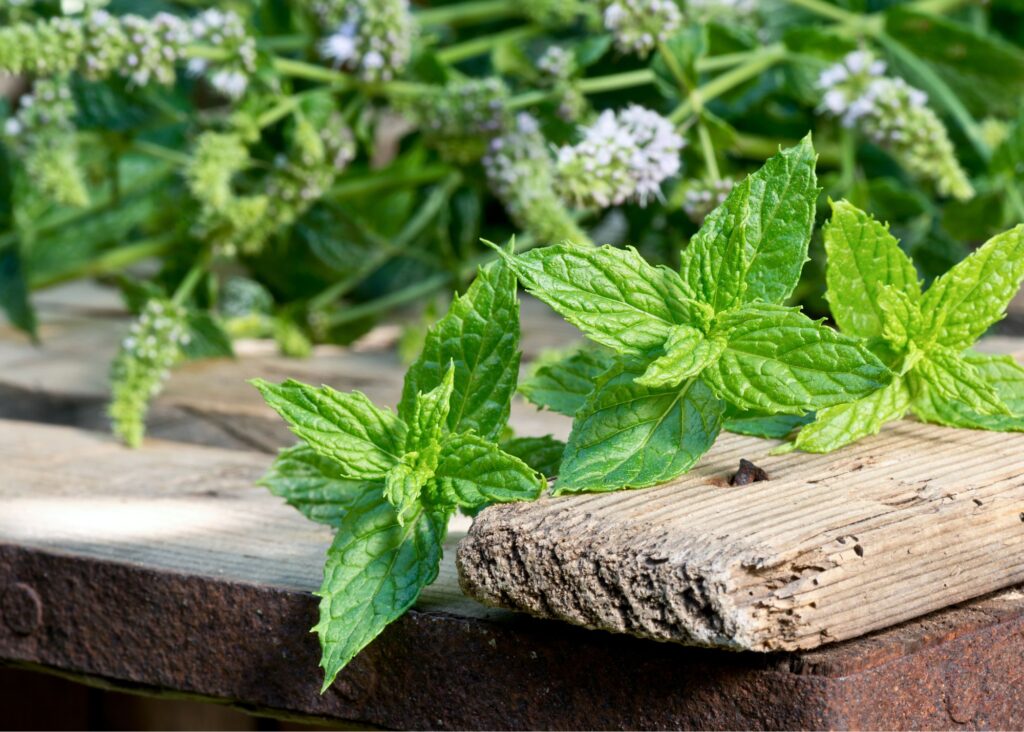
Summary
Peppermint is a versatile and valuable herb known for its refreshing flavor and various health benefits.
It can be easily grown in containers, making it accessible to many gardeners. Harvesting and preserving peppermint is straightforward, allowing you to enjoy its benefits year-round.
With proper precautions and awareness of potential side effects, peppermint can be a wonderful addition to your culinary and medicinal practices.
Whether you use it to soothe digestive issues, alleviate headaches, or simply add a burst of flavor to your dishes, peppermint is a timeless and cherished herb that deserves a place in your garden and kitchen.
To read the article I wrote about my Great Grandmother and her self-reliant skills, read this post: Mastering the Essential Skills of Self-Reliance
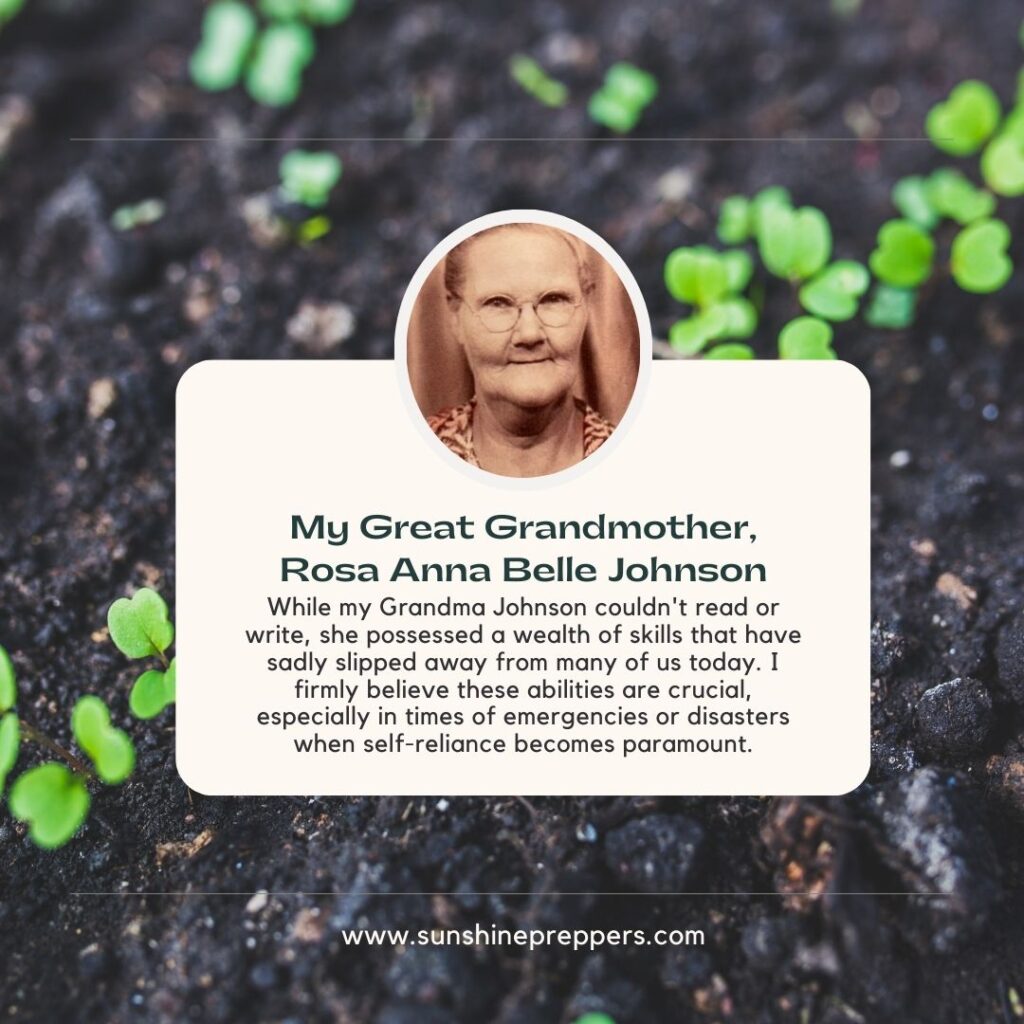
Resources:
Gardening Know How: Peppermint Planting: Growing Peppermint and How to Use Peppermint Plant
Homesteading Family: How to Grow Peppermint Plant (Plant, Harvest, Preserve)
MasterClass: How to Grow and Care for Peppermint in Your Home Garden
University of Florida/IFAS Extension: Garden Medicinals
